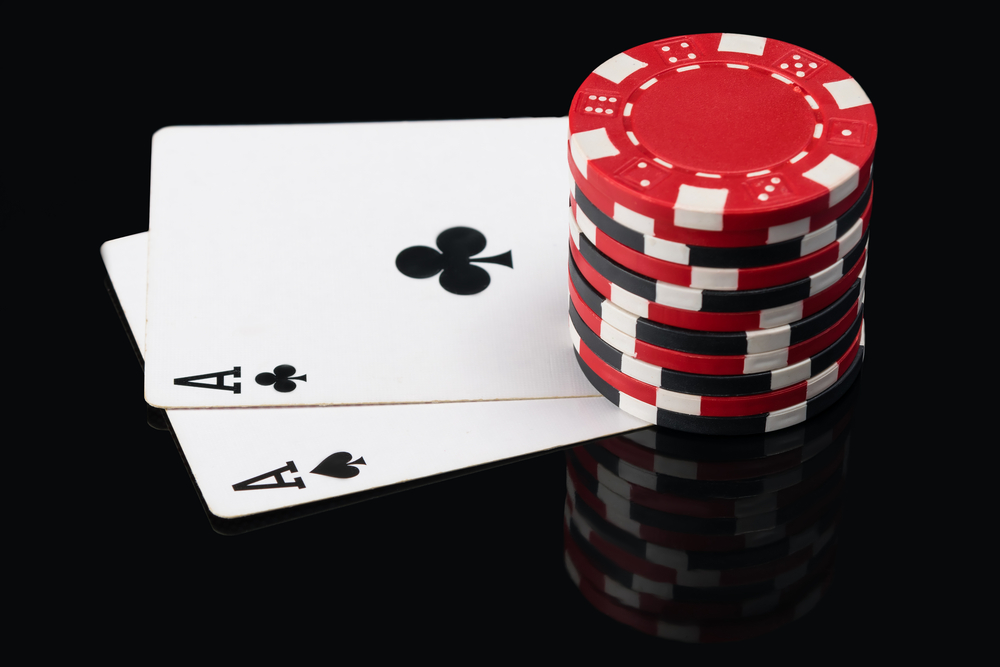Card counting is both art and science. Although the method has a bad reputation due to the media, counting is an efficient strategy which can give you the competitive edge over other players.
The online gambling scene integrates various software and apps which can assist in counting cards during various games such as Poker or Blackjack. However, your best approach is to understand the basics of the techniques available, so you can achieve ultimate performance skills through practice.
We’ve put together a brief guide about what counting cards in poker involves, how it works and when you should apply the strategy.
What is Counting Cards?
 Card counting is a casino strategy used in card games, mainly in Blackjack and Poker.
Card counting is a casino strategy used in card games, mainly in Blackjack and Poker.
In Blackjack games, it helps gamblers determine if the next hand will offer them a probable advantage. It allows players to wager more with lower risks when the count guarantees an advantage and minimize losses during unfavorable counts.
However, in Poker games, card counting is not treated in isolation. It’s part of a wider strategy. Although the concept is similar to what is used in blackjack, players track the cards which remain in the deck to estimate the probabilities of winning big during the next rounds.
How to Count Cards
Counting cards involves three basic skills including counting outs, determining pot equity and a good understanding of Texas Hold’em odds.
Counting Your Outs
Outs are any cards that can strengthen your hand or turn it into a winning hand. Although the ideal scenario when playing poker is to place bets on your best hands, it’s not always the reality. So, calculating your outs can increase your chances of wins. To better understand the process, we’ll provide a scenario.
Let’s say you draw a King and Ace of diamonds. The other player draws a 9 and a Jack of clubs. The cards in the flop are Jack of diamonds, 10 of spades and 3 of diamonds. You hold 2 overcards, although the other player has a higher pair.
But the King & Ace are higher in value than the Jack and the deck of cards has another 3 Kings and Aces left which you could draw in the Turn round or River Round. So, you have 6 outs.
The deck also holds 4 Queens which could help you make a Straight and 9 of hearts which could guarantee a Flush. So, you have another 13 outs.
Because you can’t double count a card, you have a total of 18 possible outs to beat your opponent’s pair of Jacks.
Poker Pot Equity
The rule of thumb in calculating pot equity is the Rule of 2 & 4. However, it only applies to the Flop and River rounds because more cards must be revealed. During the Flop round, you should multiply your outs by 4, while during the River round you should multiply your outs by 2 to determine your equity.
So, let’s say you have 12 outs during the Flop round, you’ll have about 48% chances of achieving the right combo for a winning hand. And, if you still have 12 outs during the Turn, you’ll have about 24% chances to achieve a winning hand.
When it comes to estimating your moves in a poker game, determining your pot equity is helpful.
Determining your Hole Cards
For better chances of winning, you should know the odds of having some of the worst or best hole cards. We’ll show you what chances you have of winning with different hands.
So, you have 0.45% chances of landing Aces and 64.18% chances of winning with the hand. You have a 0.9% probability of landing an Ace & King and 39.6% chances of winning with the hand. If you pocket a pair of 2s, which is the lowest starting hand, you have a 22.51% chance of winning.
Wrapping It Up
Counting cards is a great way to up your online poker game and increase your bankroll in record time. By learning the basics of counting your outs, determining your pot equity and assessing your hole cards you can improve your chances of winning big.